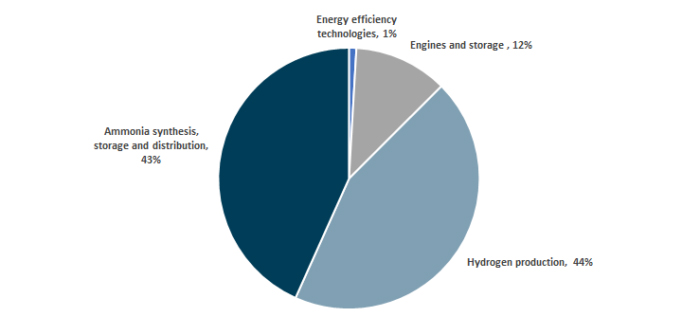A study by UMAS and the Energy Transitions Commission for the Getting to Zero Coalition has concluded that the collective investment required to meet the global target of halving shipping emissions between 2030 and 2050 is between US$1tn and US$1.4tn. The figure equates to a required investment of US$50bn to US$70bn annually over 20 years.
“We need to understand the scale of the challenge to solve it,” says Johannah Christensen, managing director at the Global Maritime Forum, a partner of the Getting to Zero Coalition. “Shipping’s shift to zero carbon energy sources calls for significant infrastructure investments. The investment needed should be seen in the context of global investments in energy, which in 2018 amounted to US$1.85tn. This illustrates that shipping’s green transition is a tough target, but certainly within reach if the right policy measures are put in place”
The study goes on to explain that only 13% of the calculated figure is for new or retrofitted ships that meet the criteria, with the remaining 87% required for landside supply infrastructure and the production of new fuels. To achieve full decarbonization by 2050, a further US$400bn of investment would be required, bringing the total to a maximum of US$1.9tn.
“Energy infrastructure and ships are long-life capital-intensive assets that normally evolve slowly,” says Tristan Smith, reader at the UCL Energy Institute. “In the next three decades, however, our analysis suggests we will see a disruptive and rapid change to align to a new zero-carbon system, with fossil-fuel aligned assets becoming obsolete or needing significant modification.”



